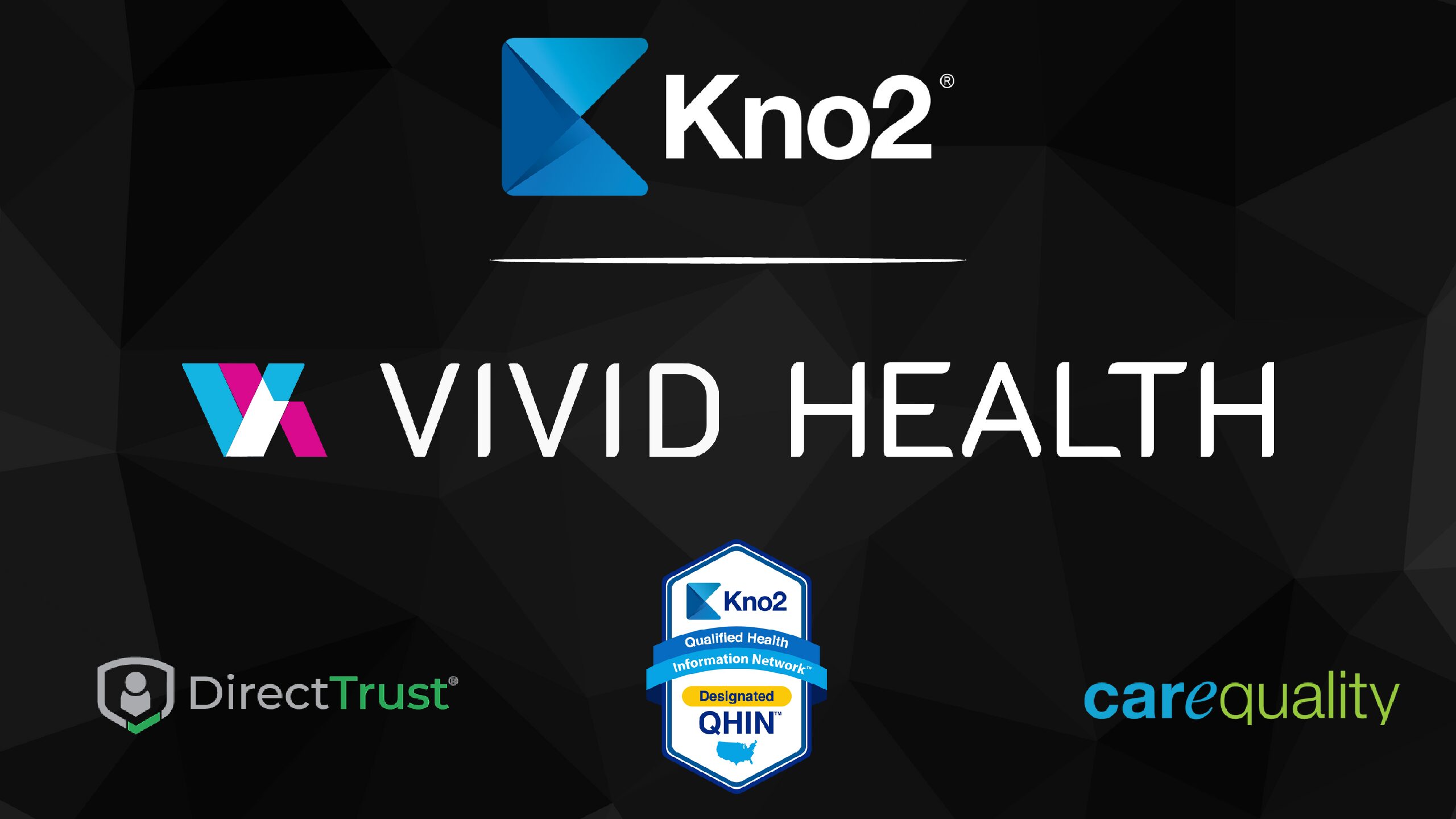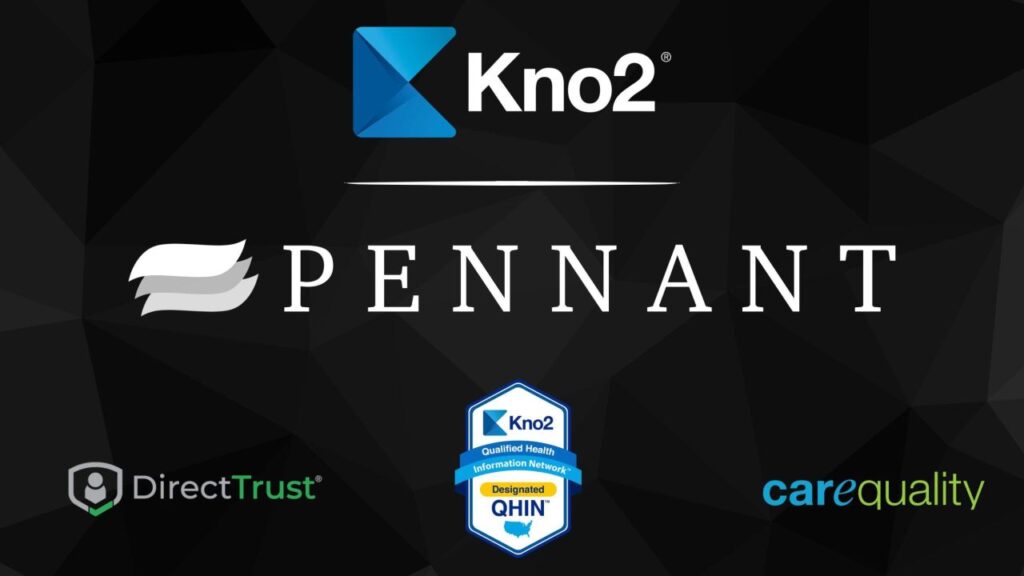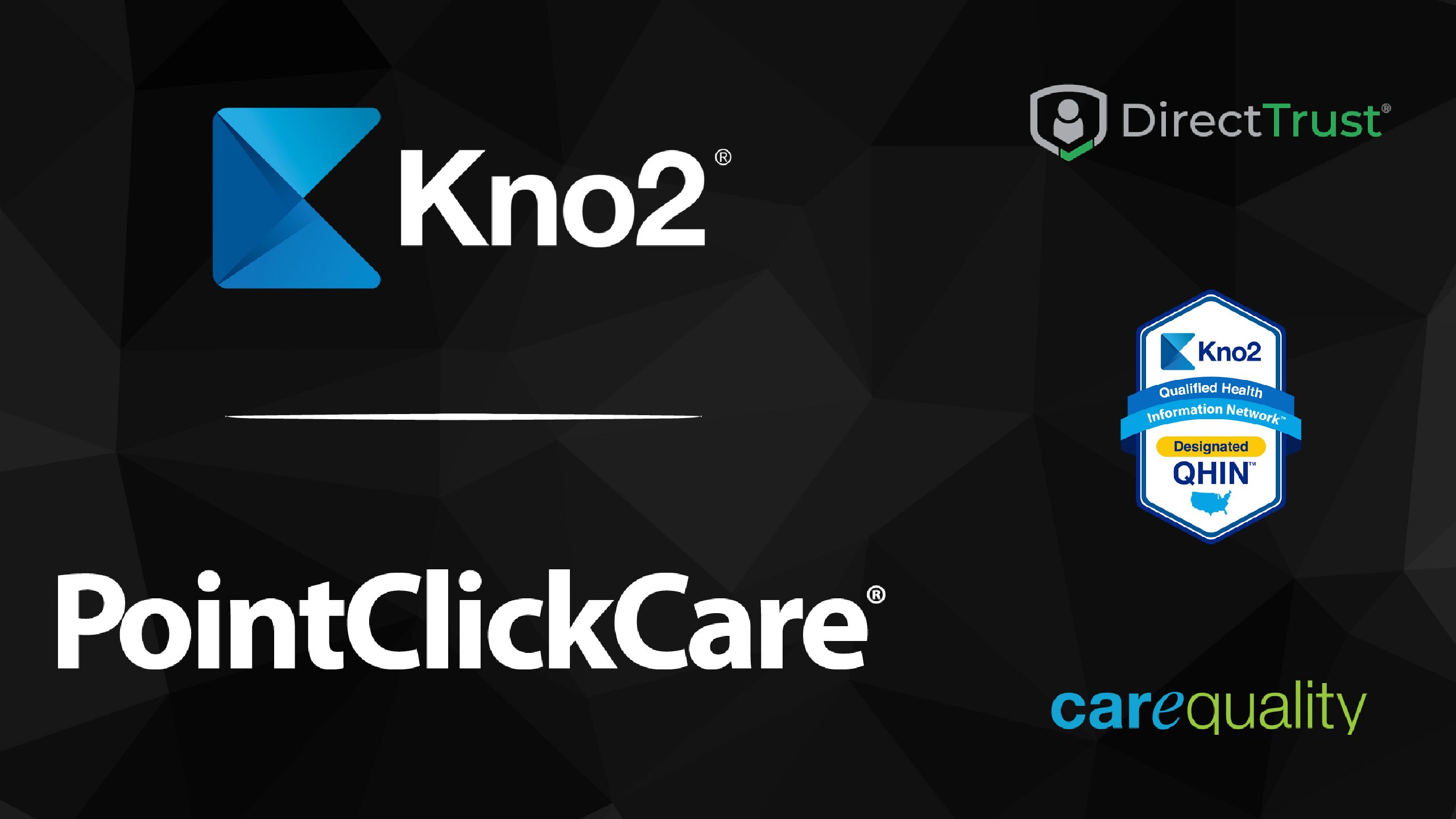This is the first article in a series about interoperability in healthcare by Dr. Peter Schoch, MD. With two decades of experience as a primary care physician and another 13 years as a health system physician executive, Dr. Schoch has a deep understanding of how to demystify interoperability. He hopes to drive the discussion surrounding connected health information sharing forward, from a technical conversation to an impact conversation.
The truth about interoperability is this: it is foundational to solving the health industry’s biggest problems. Yet it is largely a mystery to the average healthcare worker. Most clinicians can recognize the problems that come from a lack of interoperability. However, because it is often discussed in technical language and acronyms like APIs, FHIR, QHIN, DICOM and so on, the concept seems inaccessible.
In reality, interoperability is neither a new idea nor a truly confusing concept. Any healthcare worker will recognize the worth of consistent communication and sharing information. At its heart, that’s what interoperability is.
The real challenge lies in building the infrastructure necessary to do that at scale, with limited personnel and resources. Only when we can agree on what interoperability means, break down the technical terminology and sort through the baggage of security, privacy, compliance and regulatory requirements that detract from its adoption will we realize full interoperability.
What is Interoperability, really?
Interoperability includes two components––connectivity and meaningful communication. Connectivity is the ability to share information across systems of record. Meaningful communication is what is done with the data before, during or after it is shared. It is data movement and magic. Both components must happen. Just moving data from one place to another is not enough.
Imagine if you had a computer with no internet access via WIFI, or a house that was built but the wiring but not connected to the utility company. You would obviously be limited in what you could do. Now imagine your house’s wiring was connected to the power source, so you had electricity, but did not have appliances hooked up. You are connected, but it really means nothing in terms of impact to you. Interoperability is the same way. Technical connectivity is a must, but it doesn’t mean much without meaningful communication.
Interoperability is More Than a Technical Challenge
There is a widespread misunderstanding that interoperability is a technical feature that is an add-on or “nice to have” feature, rather than essential. We can get lost in endless software discussions that paralyze us from meaningful change. However, we can choose to recognize that the technical aspects are secondary to the purpose behind them. Rephrasing the conversation in terms of connectivity and communication helps all of us understand that interoperability is actually the very foundation of running a healthcare business.
It may help to focus on the end results, and then reverse-engineer the means from there. We want to enable providers to access complete patient histories, understand context, and make the best decisions for care. This level of integration and information sharing is what allows for personalized treatment plans, proactive management of chronic conditions, and a holistic approach to patient health.
A Case Study for Interoperability
It is easier to define interoperability and understand its significance with a practical example. Picture a primary care physician seeing a patient mid-week, previously treated in the emergency department (ED) for abdominal pain. Despite normal exam and lab results, without access to the CT scan from the ED, the physician may order another CT scan. This leads to unnecessary costs and inconvenience.
If, however, healthcare providers are properly communicating and connecting information, that same primary care physician would have immediate access to all previous scan results. They could then make informed decisions, avoiding redundant tests and improving the patient’s experience.
Conclusion
Overcoming the obstacles to achieving full interoperability requires everyone within the world of healthcare to prioritize connectivity and meaningful communication. We are all here to provide the best patient care possible. That starts with listening––to the patients and to each other. By embracing interoperability as the new standard of care, we begin to pave the way for a more efficient, coordinated, and patient-centered healthcare system.






